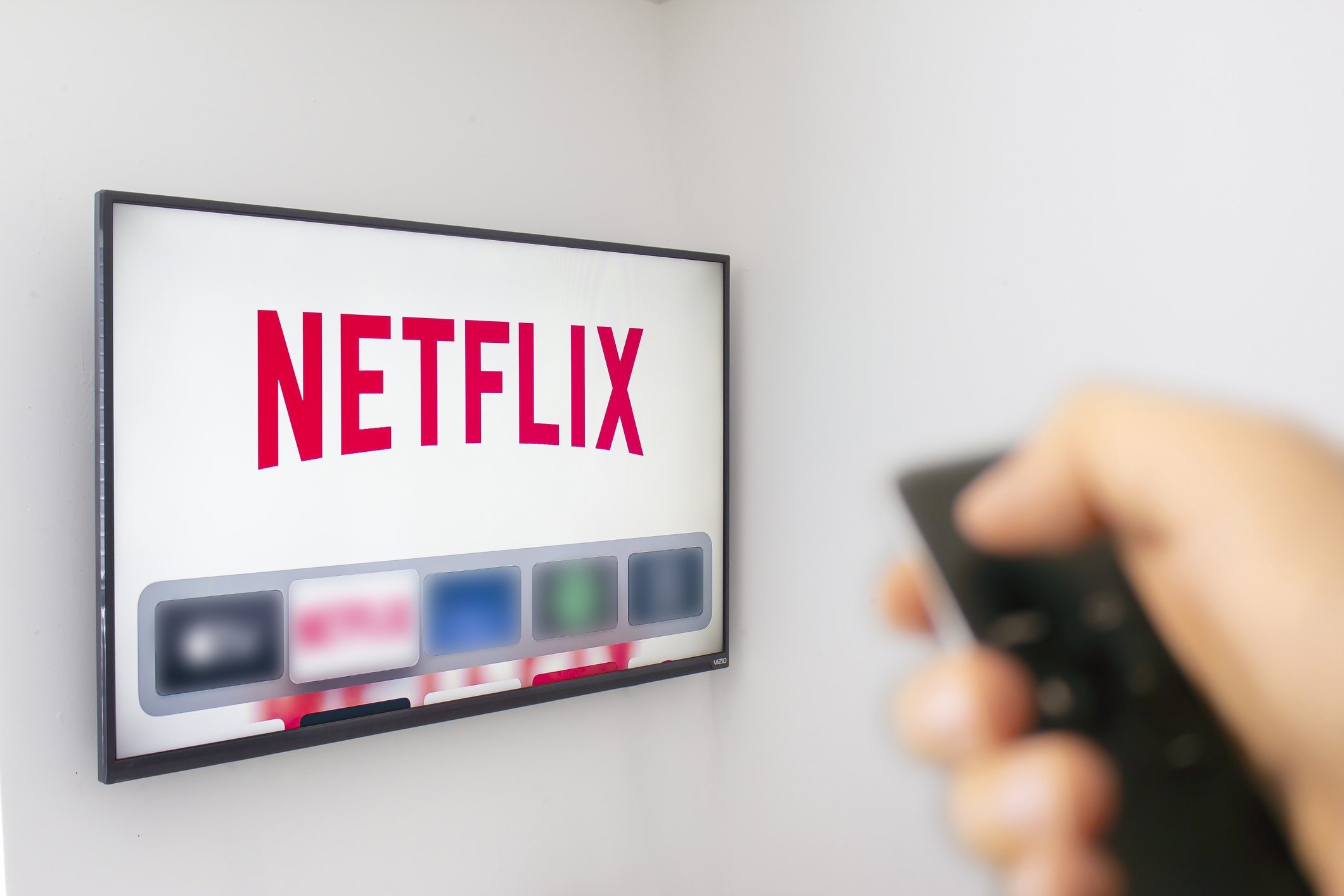Native Advertising Needs Something More
Native Advertising: It’s all the rage. With Ad Blockers popping up everywhere and the millennial generation unyielding to advertisement distractions while they try to read the latest on the Kardashians or Justin Bieber, publishers are scrambling to figure out new ways of showcasing their advertisers. Native appears to be the answer. Little do millennials know surrounding the reason they read that content for free is due to the advertisements on the page. Slowly driving down a path to paywalls is a rant for another day.
Where Native Leaves the Consumer
Native, at its core and upon first glance, is the solution. The brand wins when the audience is reading an advertisement without knowing they are reading an advertisement. An endorsement from a favorite website or a favorite blogger suggesting what shoes to wear, where to eat, the newest and hottest fashion brand or sleek new makeup line can be a key influential voice in guiding the next purchase.
The IAB is putting stricter guidelines in place to clarify what the consumer is reading is actually a paid advertisement. The industry knows it’s an advertisement, but does the average consumer know?
The real problem is what happens after they’ve read it? They move on. They read another article, check out another blog, browse Facebook, swipe right on Tinder, all the while surrounded by hundreds of other advertisers vying to leave the same lasting impression.
Completing the Mix
Native advertising shouldn’t be the entire journey; it should just be the start. A journey that includes display, mobile, Facebook, and video while keeping in constant contact with the consumer. A journey that leads to better brand awareness. A journey that eventually leads consumers down a path to purchase.
It’s not enough to just tell them how great it is. After you tell them, you need to give them a constant reminder to bring them where you want them to be.








